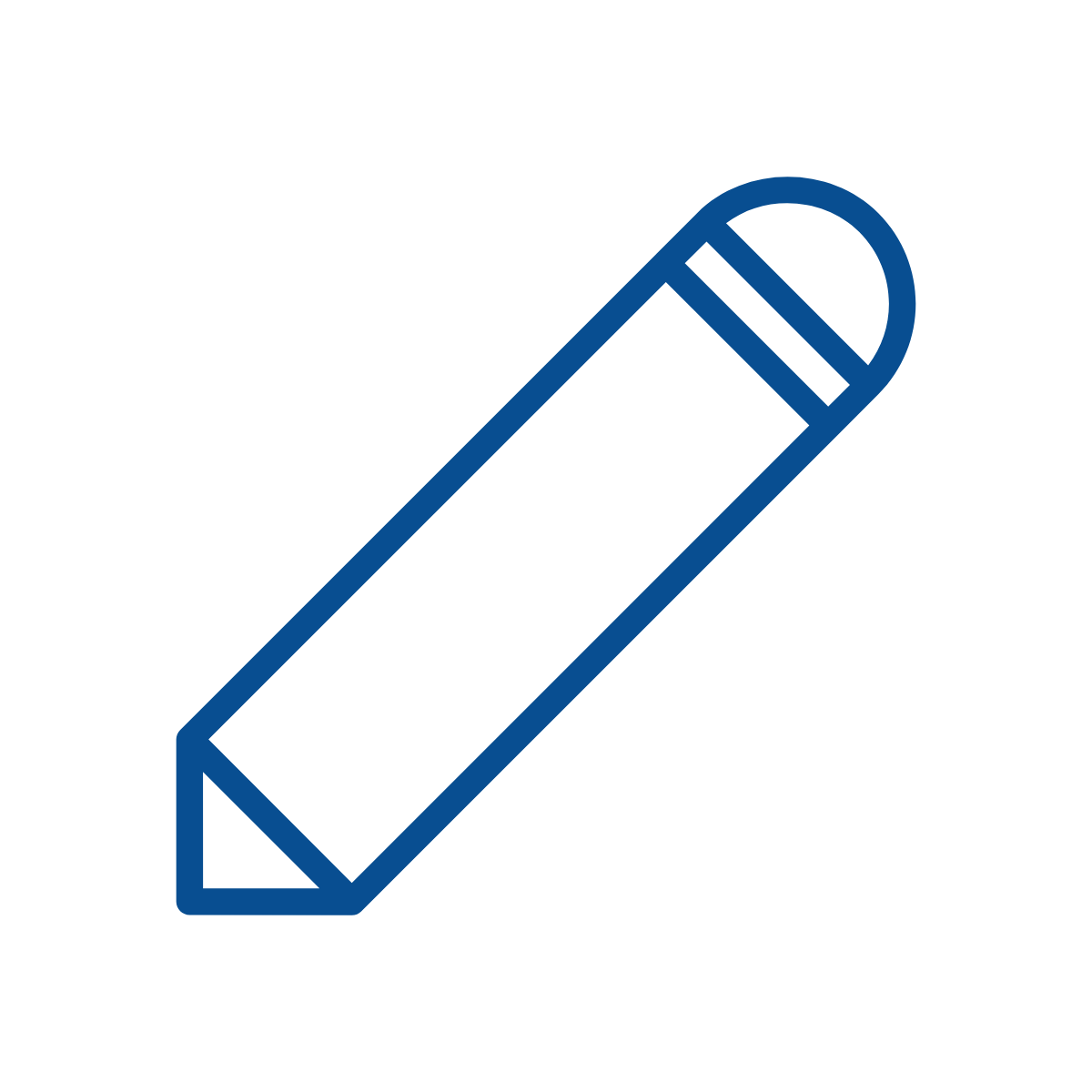- Accueil
- EN
- Studying at ULB
- Find your course
- UE
-
Share this page
Introduction à la métallogénie et industrie minérale
Course teacher(s)
Johan YANS (Coordinator)ECTS credits
5
Language(s) of instruction
french
Course content
Course 1. History of metallogeny. Geopolitical, economical, environmental and social context of ores. Notions of ores, ore deposits, metallotect, paragenese, mineralogical sequence, resources, reserve, content, tonnage, district, field, ... Kind of prospection. Kind of scarcity. General framework: 1) source, 2) transport, and 3) deposit. Finally, metallogenical model.
Course 2. Ultramafic and mafi ore deposits and ore deposits from sub-alkaline volcanism: Cr-stratified, komatiites, Ti-anorthosites, kimberlites, carbonatites.
Course 3. Ore deposits from felsic magmatism: pegmatites, Cu-porphyres, skarns.
Course 4. Ore deposits from sub-marine volcanism: VMS, SEDEX, IOCG.
Course 5. Ore veins of deep crust and diagenetic ores: Au shear zones, Pb-Zn veins, Cu-pelites, MVT, U-sandstones.
Course 6. Sedimentary ores and ores from weathering: BIF, Fe-Mn, evaporites, upwellings, supergene enrichments.
Mineralogy: economic minerals: mainly sulfides, oxides-hydroxides
Objectives (and/or specific learning outcomes)
Provide to the students the main knowledge (processes and techniques) to characterize and prospect ore deposits. The student needs to be able to:
- know/recognise the main types of ores
- describe ores and explain their genesis, in terms of mineralisations, petrology (including gangue, important for post-exploitation processes in metallurgy), geochemistry and geodynamic context
- suggest appropriate prospection techniques
Prerequisites and Corequisites
Required and corequired courses
Cours co-requis
Teaching methods and learning activities
Oral teaching (6X2h) + excursion in quarry.
Mineralogy: theory classes (6h), practical sessions (continued from GEOL-F301), foreseen on-site if public health conditions allow; if not: taught online, with appropriate guidance
References, bibliography, and recommended reading
Robb. L. Introduction to ore-forming processes. John Wiley and Sons, 9781444311204, 384p.
Klein C & Dutrow B (2012). The 23rd Edition of the Manual of Mineral Science. John Wiley and Sons.
Other information
Contacts
Prof. Johan Yans
johan.yans@fundp.ac.be
003281724466
Karen Fontijn: Karen.Fontijn@ulb.ac.be
Campus
Solbosch
Evaluation
Method(s) of evaluation
- Other
Other
Metallogeny: Oral examination + report of excursion in quarry.
Mineralogy: theory written exam if sanitary conditions allow on-site evaluation; if not: oral exam on Teams ; practical exam: exercice and written report
Mark calculation method (including weighting of intermediary marks)
Ore mineralogy: Oral examination (80%) + report of excursion in quarry (20%).
Global mark: Ore mineralogy 45%, Mineralogy 15%, Practicals 40% (10% exercise; 30% report)
Language(s) of evaluation
- french
